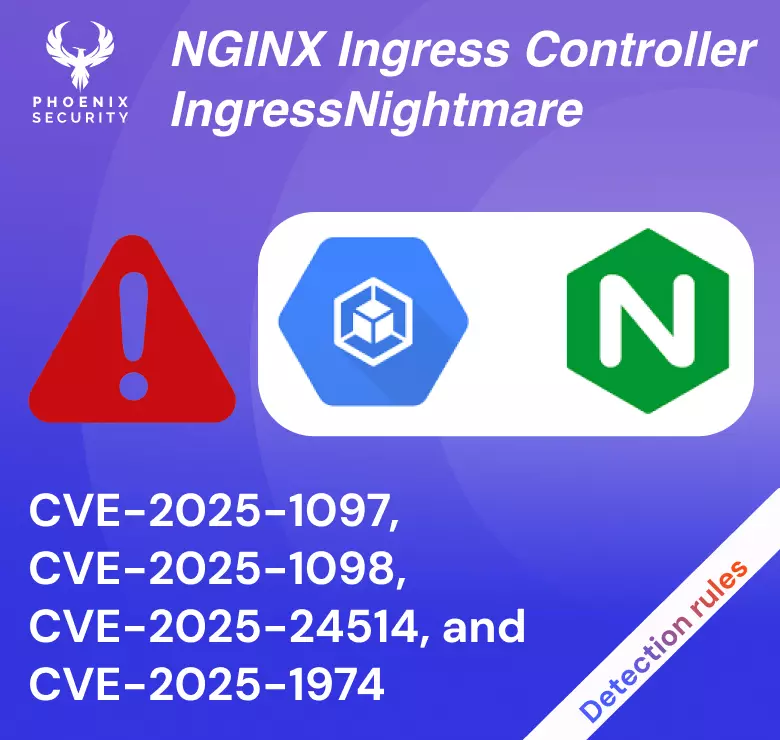Christopher’s leadership and generous investment bring leadership vision and validation to the existing product and technical advisory board made of cyber stars

LONDON, England (September 22, 2022)— AppSec Phoenix, a next-generation leader in Posture management for cloud and application security, has added Christopher Hodson to its board. Christopher joins the firm as an advisor adding to the board years of leadership and experience.
Christopher is an acclaimed leader, advisor, and investor with over a decade of experience in the tech and cybersecurity sectors. Chris Hodson is the Chief Security Officer for Contentful. He oversees a global team whose charter includes cybersecurity architecture & engineering, product security and business resilience.
In addition, Chris serves as a board advisor at the workforce development platform Cybrary and is a fellow of the Chartered Institute of Information Security. Before joining Contentful in 2021, Chris held cybersecurity leadership positions with Visa, John Lewis Partnership, Zscaler and Tanium. He holds a master’s degree in computer and information systems security from Royal Holloway, University of London. Chris is also the author of Cyber Risk Management, a No.1 business bestseller on Amazon
“We are honoured to have Christopher on our advisory board,” said Francesco Cipollone, CEO and founder of AppSec Phoenix. “Christopher brings CISO perspective and leadership to the technology advisory board. I think I speak on behalf of the entire AppSec Phoenix team when I say that we are excited and honoured to have such an impressive leader on our advisory board.”
“ I am thrilled to join the AppSec Phoenix advisory board and invest in the firm’s mission as it looks to scale its efforts and influence as a leader in the risk vulnerability sector” said Christopher. ” As an application security practitioner, I see the need for the AppSec Phoenix solution, simplifying the complexity many security tools create. This team is poised to excel and scale the product, and I’m excited to join them on this journey”
Christopher Hodson CISO Contentful
Christopher joins an advisory board that boasts several notable names in the cybersecurity sector, including:
- Andrew Peterson led Signal Science, a leading cybersecurity product, for five years before it sold to Fastly for $775M. Peterson brings startup knowledge, international support, exposure to the US market, and key introductions to customers. His insight into the American market and its current trends and his contacts with venture capitalists provide valuable insight to the advisory team. He also advises several companies and has been instrumental in providing Security Phoenix with key recommendations on getting a head start in product startup and potential pitfalls.
- Xabi Errotabehere, has more than 20 years of experience building world-class digital products. He co-founded Cloud Conformity, a Cloud Security Posture Management tool, and took the company into a high-growth mode before Trend Micro acquired it in 2019. Errotabehere brings insight into how to successfully manage a business in its early days and techniques to go to market and acquire clients effectively.
- Vandana Verma is Security Solutions Architect at Snyk. She is the Chair of the OWASP Global Board of Directors. Vandana leads Diversity Initiatives like InfosecGirls and WoSec. She is also the founder of InfosecKids. She has experience ranging from Application Security to Infrastructure and now dealing with Product Security. She has been Keynote speaker / Speaker / Trainer at various public events, including Global OWASP AppSec events, BlackHat events, and regional events like BSides events in India.
To learn more about AppSec Phoenix or to schedule a free demo, visit https://www.phoenix.security/request-a-demo/.







